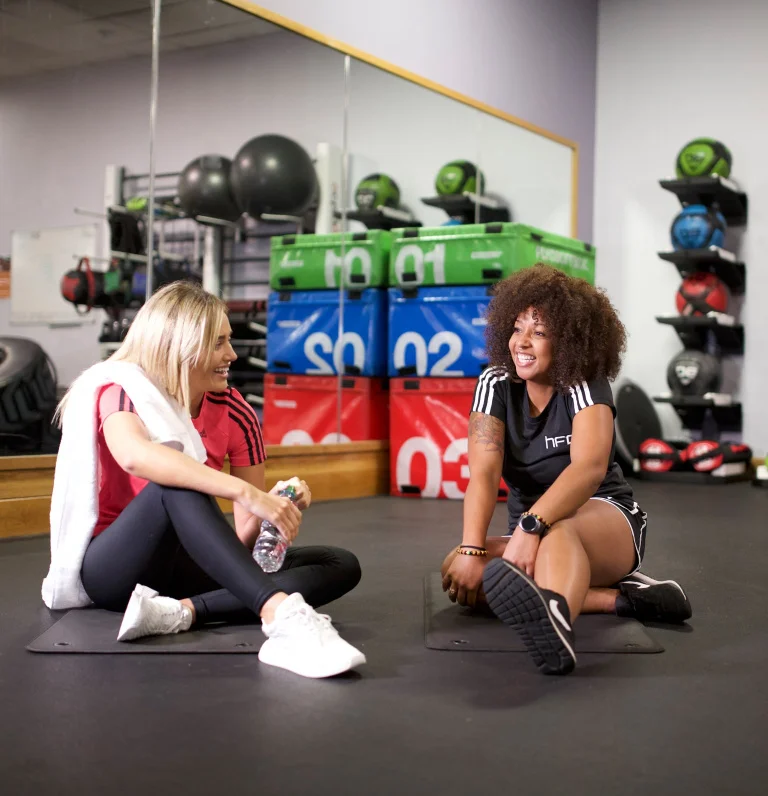In the past, women were advised to rest and take it easy when they became pregnant. Today however, there’s enough scientific research to support that exercise during pregnancy can provide a range of mental and physical benefits. Furthermore, a lack of activity in those critical nine months could potentially produce have an adverse effects for both mother and baby. Commonly associated conditions related to inactivity during pregnancy include: a general loss of fitness; maternal weight gain; a higher risk of hypertension; and the possible development of varicose veins and deep vein thrombosis.
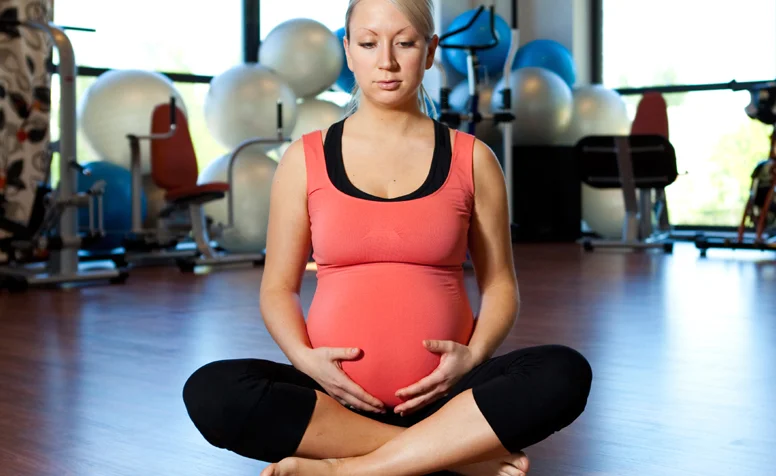
While there will always be risks associated with any form of exercise, particularly with pregnancy, the practice of yoga can yield many great benefits. This ancient practice has long been used to improve both the body and mind. Certain asanas will be strictly off limits for a pregnant woman, but with a limitless choice of postures, modifications and transitions, a suitable routine can be found, regards of trimester.
Benefits
Nine months of pregnancy is a trying and testing time for a woman, both emotionally and physically. Practising yoga can infuse a sense of relaxation and comfort into the experience. There are also many health and wellbeing benefits to take advantage of:
- Shortness of breath in the latter stages of pregnancy can be decreased, while the efficiency of breathing during pregnancy can be increased
- Improved sleeping patterns and relaxation, this is aided by…
- Reduction in stress and anxiety levels
- Pelvic floor muscles strengthen – critical for childbirth
- Low back, neck, shoulders, hips and chest pain can all be reduced due to improved posture
- Cardiovascular and muscular endurance is increased
- Postnatal recovery time can be reduced if a woman maintains her fitness during pregnancy
- Prevention and treatment of depression.
Adding to the above benefits are the social connections that can be forged when attending a yoga class, the importance of which should not be underestimated.
Safety considerations
As with any form of exercise, especially when it’s undertaken while pregnant, safety guidelines should be followed. Expectant mothers who are new to the practice of yoga should aim to develop their skills slowly under the guidance of an instructor with a qualification in teaching yoga to pre and postnatal clients. Those with prior experience of yoga should still take care, but they may feel comfortable continuing with their existing classes, rather than joining a prenatal-specific one.
Things that should be avoided regardless of a woman’s prior yoga experience include: lying on the front; strong back bends; and over-exerting the abdomen. If any pain is felt during or after yoga then you should cease exercising immediately and contact your GP or midwife.
Recommended poses
We consulted with HFE’s leading yoga instructor course tutor and experienced yoga professional, Yvette Sanderson, who has carefully selected five poses that can be performed by pregnant women. Some can be performed without support while others will require modification.
Savasana (Corpse Pose)
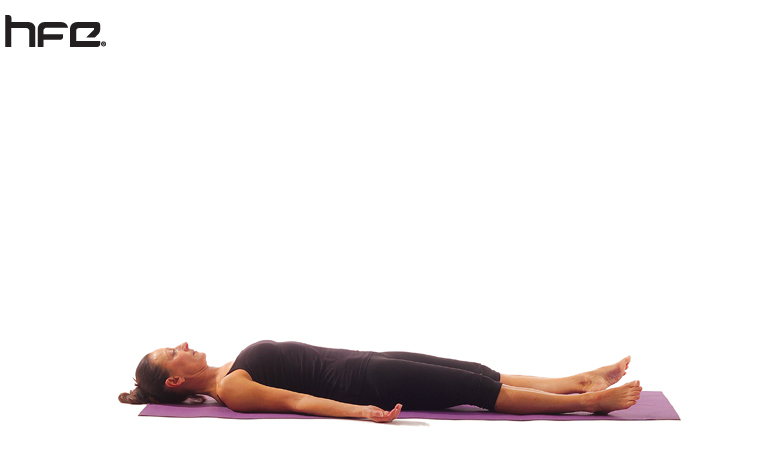
This pose is designed to give the body chance to rest and restore itself after a more active asana. Alternatively, it could form a stand-alone routine or a gateway to mediation. The facial muscles should be relaxed and attention given to the breath. This pose should be modified as stress can be placed on the lower back. To do so, place a block or cushion to support the head, neck and lower back. Towards week 30, this asana should not be performed flat on the back, instead you can lie on your side and use a cushion to support the right leg (if lying on your left side). A rice bag can also be placed across the eyes to assist relaxation.
Vrksasana (Tree Pose)
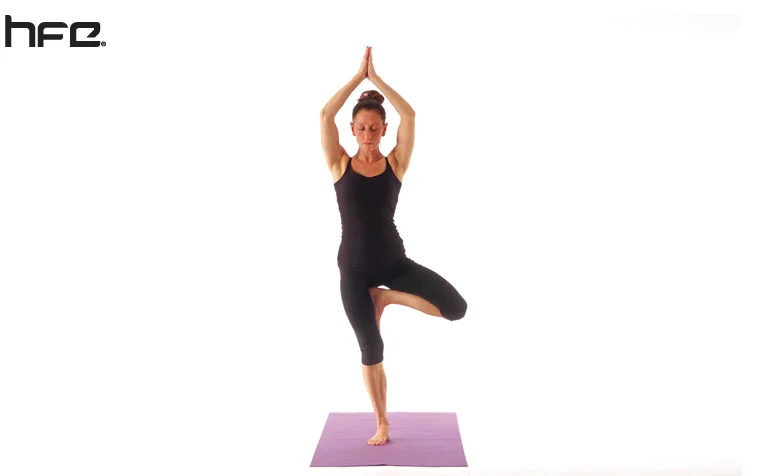
This standing balance pose is ideal for strengthening the muscles around the hips and pelvis, developing strength and stability for the ankles, and increasing general balance. The gaze should be directed forward or towards the ground. Your left leg should be kept strong while performing this pose, with the sole of the right foot lightly pressed against the upper inner thigh of the right leg – toes pointed towards the floor. If this proves too difficult while freestanding, Tree Pose can be modified by placing one hand against a wall for balance.
Bidalasana (Cat Pose)
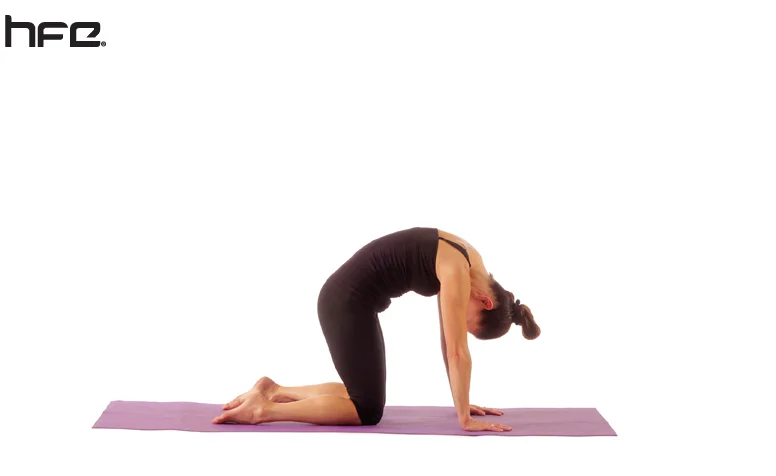
By being on all fours, Cat Pose can greatly increase flexibility and mobility throughout the spine and abdominals. Tension is also released from the neck and shoulders, so it’s a perfect asana that carries multiple health benefits. The feet should be hip distance apart, while hands should be placed under the shoulders. With the spine lengthened, your gaze will be fixed downward, creating a horizontal line from the head to the tailbone. A folded blanket can be knelt on in order to modify this pose.
Adho Mukha Svanasana (Downward-Facing Dog)
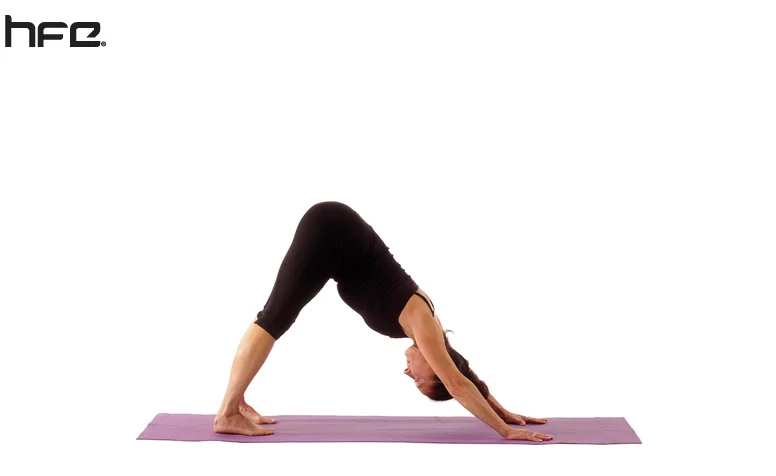
This pose should not be performed as pictured, but instead modified with the use of a chair. This way, it becomes suitable for all stages of pregnancy. Your feet should be planted wider than hip width, with the chest drawn forwards and down. Keep your neck and head in a neutral position and breathe evenly. The purpose of this pose is to increase flexibility in the calves, shoulders, hamstrings and erector spine. Blood flow to the brain can be increased, as can arms and upper back muscle strength.
Ek Pada Raja Kapotasana (Pigeon Pose)
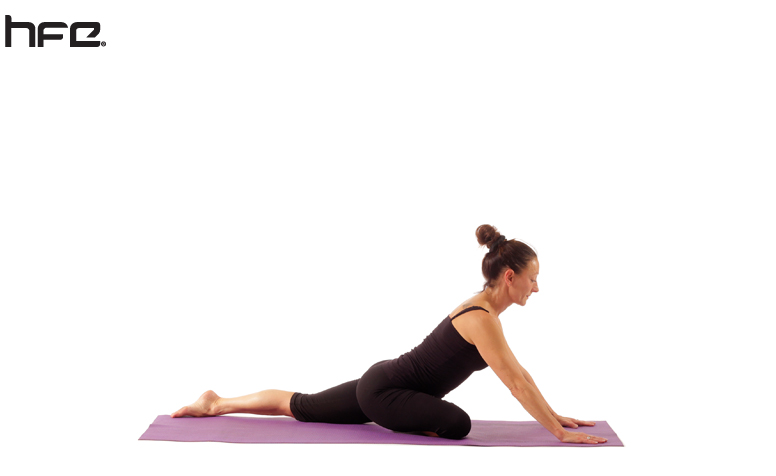
As above, this pose should be modified with the use of a chair. You should sit down with feet planted hip width apart and then gently place the right ankle on the left thigh. You can swap sides, but this should be done slowly and carefully. Pigeon Pose opens the hips and can increase flexibility in the abdominals, piriformis and shoulders. As you are seated, you can take this opportunity to massage the feet.
If you’re interested in more yoga poses then read our previous top five which focused on eliminating low back pain.
